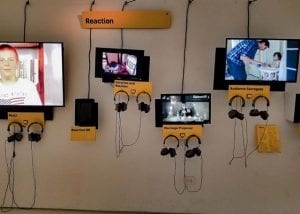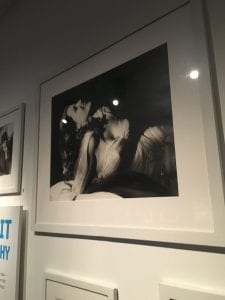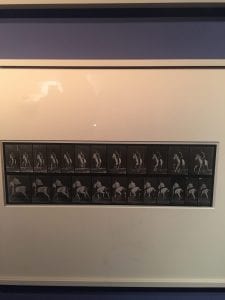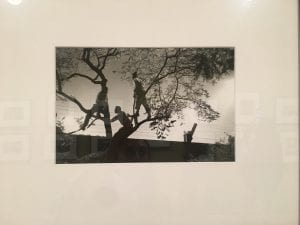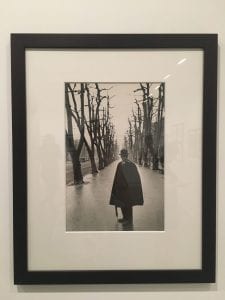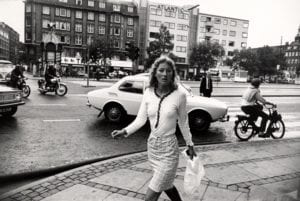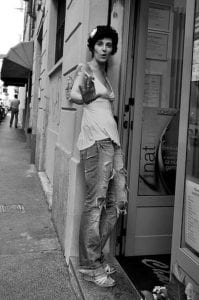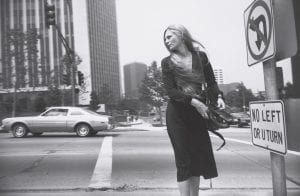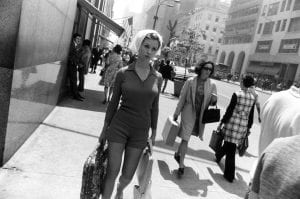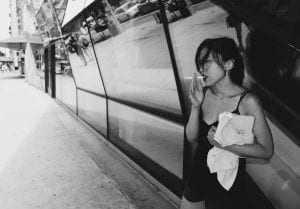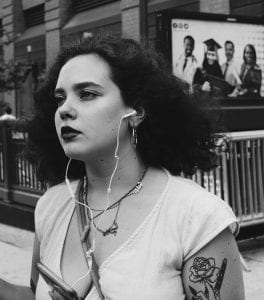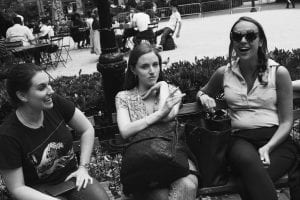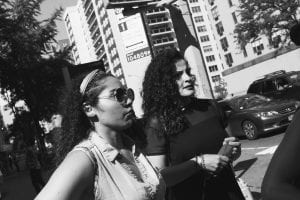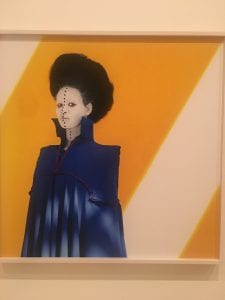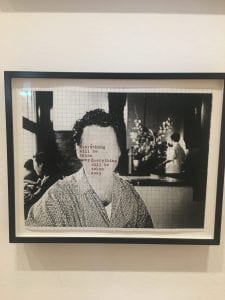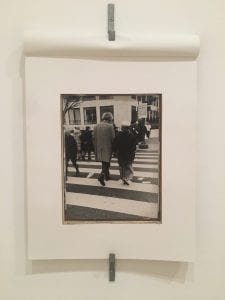Hey Amy, I know you said you wanted to talk a little more about adoption but we didn’t get the chance to. This is an essay I wrote a couple of months ago for school; it’s about what we’ve been discussing . LMK if you get the chance to read it!
It was soon after Christmas in Mexico City and the windows of homes, both humble and opulent, were still adorned with decorations in accordance with the taste and income of the families that resided in them. The city’s majestic main avenues boasted an array of lights and greenery, even if the side street scenes were often less than majestic. It was 2008, which means that I was seven years old and my brother was five, but I could swear my recollections of the coming events are entirely accurate.
“Your new baby sister Amira was born in Ethiopia,” my mom said beaming, displaying the photo of a tiny drooling infant in a place that was further away than anywhere I’d ever been. “We’re waiting for a court date so we can go get her. We’re going as a family. We’ll visit other countries in Africa too; it’s going to be an amazing trip.”
In the months that followed, my brother and I collected supplies at school to be taken to the sister orphanage of the one where Amira was being cared for, for children living with HIV. The well-to-do parents at the American School Foundation stopped by our house, or sent their chauffeurs, with boxes of baby formula, protein powder, and antibiotics, at the time still available without a prescription, for us to take to Ethiopia. Our living room slowly filled with stacks of these donations and a baby crib was introduced in my pink princess palace bedroom while all Barbie shoes and crowns that posed a choking hazard were confiscated.
Months passed by and the weekly photos of Amira we received from the orphanage were the center of attention. “Was she gaining weight as she should?” and “Why had they shaved her head?” were hotly debated topics over family dinners.
It was rainy season when we arrived in Ethiopia after a week in Dubai and a safari through Kenya. The unpaved roads clung to our sneakers, thickening like paste and becoming heavy as we made our way through downtown Addis Ababa. Whole coffee beans were roasted over open fires in homes, then ground by hand and served with popcorn, and these aromas filled the streets, mixing with those of goats and wet earth. The entrance to the Layla House Orphanage was painted a vibrant sky blue and was the cleanest and brightest spot on the sticky road. My parents trembled with excitement when the blue door opened and the last name “Dergal” was on the list of those authorized for entry.
The interior of Layla House was as cheerful as any other place that’s filled with children. A group of boys played soccer and welcomed my brother to a team, girls jumped rope and sang songs, and the babies lounged in groups on blankets spread on the floor, looked after by attentive, smiling nannies. Amira wasn’t one of them, it turned out; she had been taken to the infirmary for pneumonia. The doctor explained that she would require a daily shot before she is allowed to leave the country.
Other adoptive families were there, too. Parents cried joyfully as they met their new children, who, except for the babies, seemed cautiously optimistic. The staff and kids spoke quickly and eagerly in bubbly Amharic while the adoptive parents struggled to communicate with a flurry of excited hand gestures punctuated by single English words pronounced slowly and loudly. Most of the parents were American and European; ours was the only family from Latin America.
We were greeted by Ivy, an upbeat, blonde, khaki-pants-wearing American woman working at Layla House: “I’m sorry Amira is so ill,” she said. “She had been one of our healthiest babies; it’s unfortunate you have to meet her like this. She is normally very cheerful.” Ivy knew all of the kids by name and shouted things to them in Amharic as they played. Some of them ran over and hugged her. “This is so cool. We’ve never had a Mexican family adopt here before,” Ivy said. My mom explained that we had begun the process to adopt in Mexico but that there had been some highly-publicized cases of corruption in the Mexican adoption system that caused us to switch countries. Ivy seemed to know exactly what she meant. Some countries had that problem.
There was a waterslide at the Addis Ababa Sheraton. My brother and I catapulted down its three loops and plunged into the icy depths of the pool repeatedly, with my dad standing guard in the rain. Amira was in the hotel room with my mom getting cool towels applied to her forehead and body to control the fever until the antibiotic finally took effect and we were able to fly home.
Amira was received in Mexico with celebratory fanfare. Curious visitors came in droves bearing gifts which were mostly a combination of cloth dolls and pretty dresses. Once over her pneumonia she was just as Ivy said: cheerful, giggly, funny, and playful. And now she was also Mexican, like us.
* * * * * * * * * * * * * * * * * * * * * * * * * * * *
It’s 2018 in Miami, Florida. I’m seventeen, my brother is fifteen Read more Adoption thing
